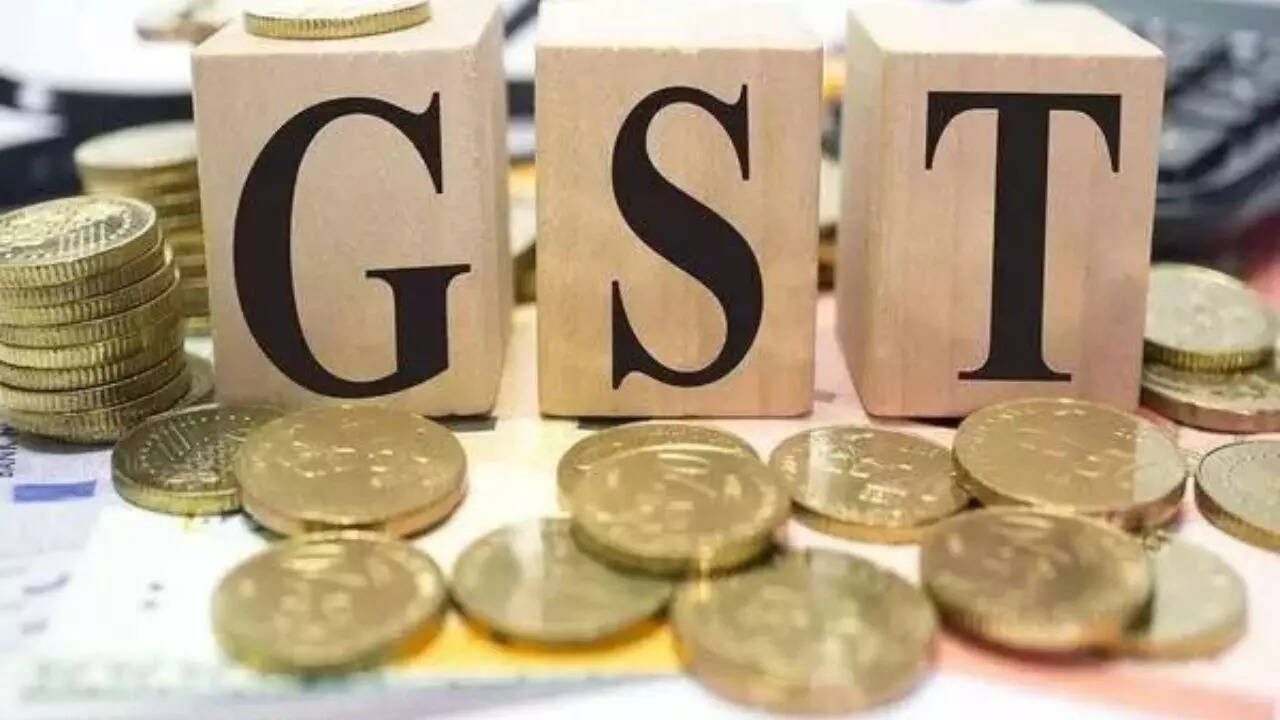Keeping a Close Watch: India’s GST Overhaul and Price Stability
The Goods and Services Tax (GST), India’s most ambitious indirect tax reform, is undergoing a fresh wave of scrutiny. The central government is sharpening its focus, initiating measures to keep a watchful eye on the prices of essential goods and services. But what’s driving this renewed vigilance, and what does it mean for consumers and businesses alike?
GST Rate Rationalization: A Balancing Act
The initial implementation of GST involved merging a complex web of state and central taxes into a unified system. While this simplification was a major achievement, the rate structure itself remained intricate, with numerous tax slabs. The ongoing GST rate rationalization aims to streamline these slabs, potentially reducing the overall burden on consumers and promoting greater clarity for businesses. The government’s intention is to simplify, not necessarily increase revenue, although the potential for increased compliance could naturally lead to higher tax collection.
However, any change in GST rates, upward or downward, can have ripple effects on prices. A reduction in the tax rate on a particular item should, in theory, translate to a lower price for consumers. But the reality is often more complex. Businesses might choose to absorb some of the tax cut, increasing their profit margins rather than passing the full benefit to consumers. Conversely, an increase in GST could lead to immediate price hikes, impacting household budgets.
The Price Monitoring Mechanism: How it Works
To ensure that rate changes translate fairly to retail prices, the government is implementing a robust price monitoring mechanism. This involves tracking the prices of key commodities and services before and after any GST rate adjustments. The goal is to identify any instances of profiteering or undue price increases and to take corrective action where necessary.
This monitoring isn’t just about punishing businesses; it’s also about ensuring a level playing field. When businesses comply with the spirit of the GST, passing on the benefits of rate cuts to consumers, it fosters trust and encourages greater participation in the formal economy. It will also help the government identify sectors where further simplification or clarification of GST rules is needed.
Essential Items Under the Microscope
The government is particularly focused on monitoring the prices of essential items, goods and services that form a significant portion of household expenditure. These typically include food staples, medicines, and essential services like transportation and healthcare. A dedicated team is tracking price movements across different regions of the country, using a variety of data sources, including retail price surveys and information from consumer organizations. This will give them insights on regional effects of changes to the Goods and Services Tax.

The Role of Anti-Profiteering Measures
At the heart of this monitoring effort lies the concept of anti-profiteering. GST laws include provisions to prevent businesses from unjustly enriching themselves at the expense of consumers. If the monitoring mechanism detects instances of profiteering, the government can take action, including levying penalties and ordering businesses to reduce prices. While the National Anti-profiteering Authority (NAA) no longer exists, the Competition Commission of India (CCI) now handles such cases, ensuring that consumer interests are protected. You can read more about business compliance and tax regulations on our resource page [here](internal-link-to-related-article).
Looking Ahead: A More Stable and Transparent System
The government’s renewed focus on GST and price stability is a positive step towards creating a more transparent and efficient tax system. By closely monitoring prices and taking action against profiteering, the government aims to ensure that the benefits of GST reforms reach consumers. This commitment to a fair and equitable system will ultimately strengthen the Indian economy and foster greater trust between businesses and consumers. While challenges remain, the government’s proactive approach suggests a determination to make the Goods and Services Tax work for everyone.







